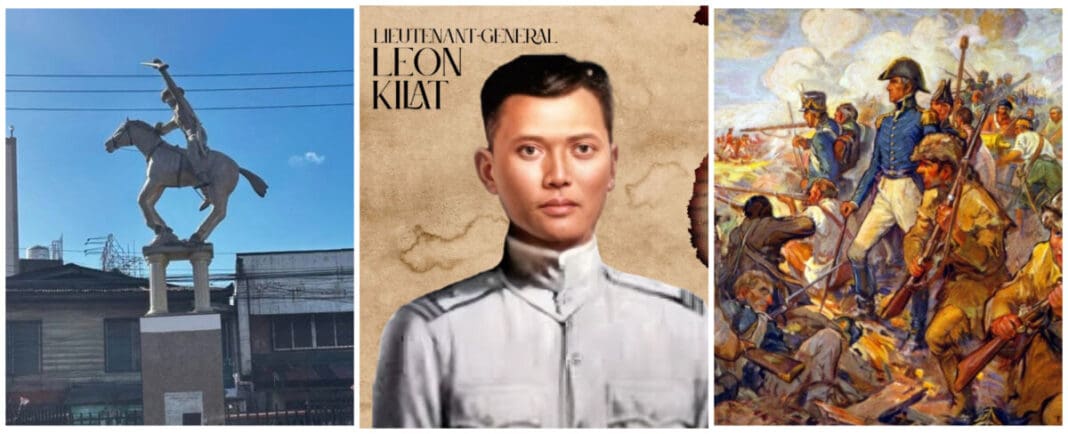You can kill a revolutionary, but you cannot kill a revolution—the Cebuano struggle is a testament to this, years after the Battle of Tres de Abril.
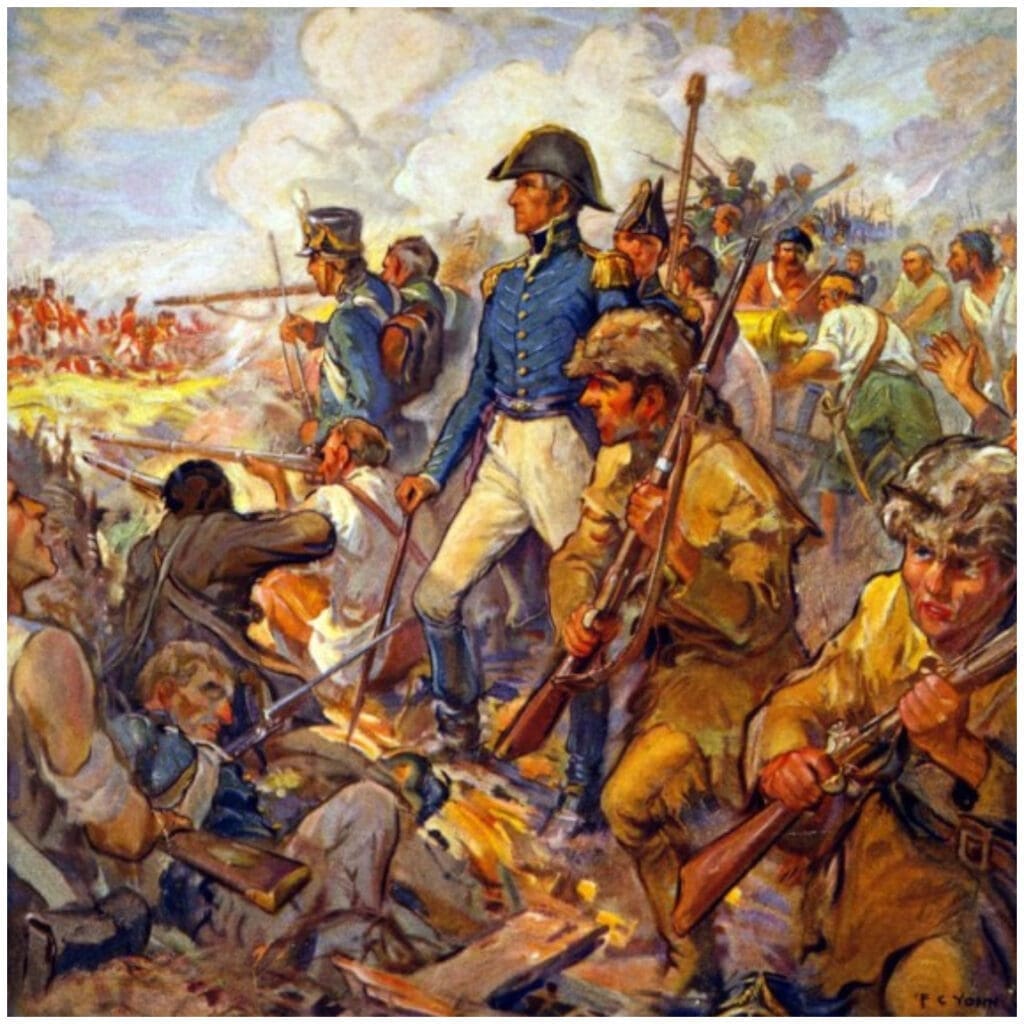
The revolutionary spirit of Cebuanos merely began with the Revolt of Cebu during the Spanish colonial period.
With militant figures like Leon Kilat, the revolution turned the pages of history into a flame of resistance.
Leon Kilat and The Revolt of Cebu
The Cebuano resistance did not just emerge in modern times. Even centuries ago, revolutionaries walked through the streets and painted them red.
Lieutenant-General Eulogio Pantaleón Villegas y Soldevillo, better known as Leon Kilat, was a Filipino revolutionary leader in Cebu during the Philippine Revolution.
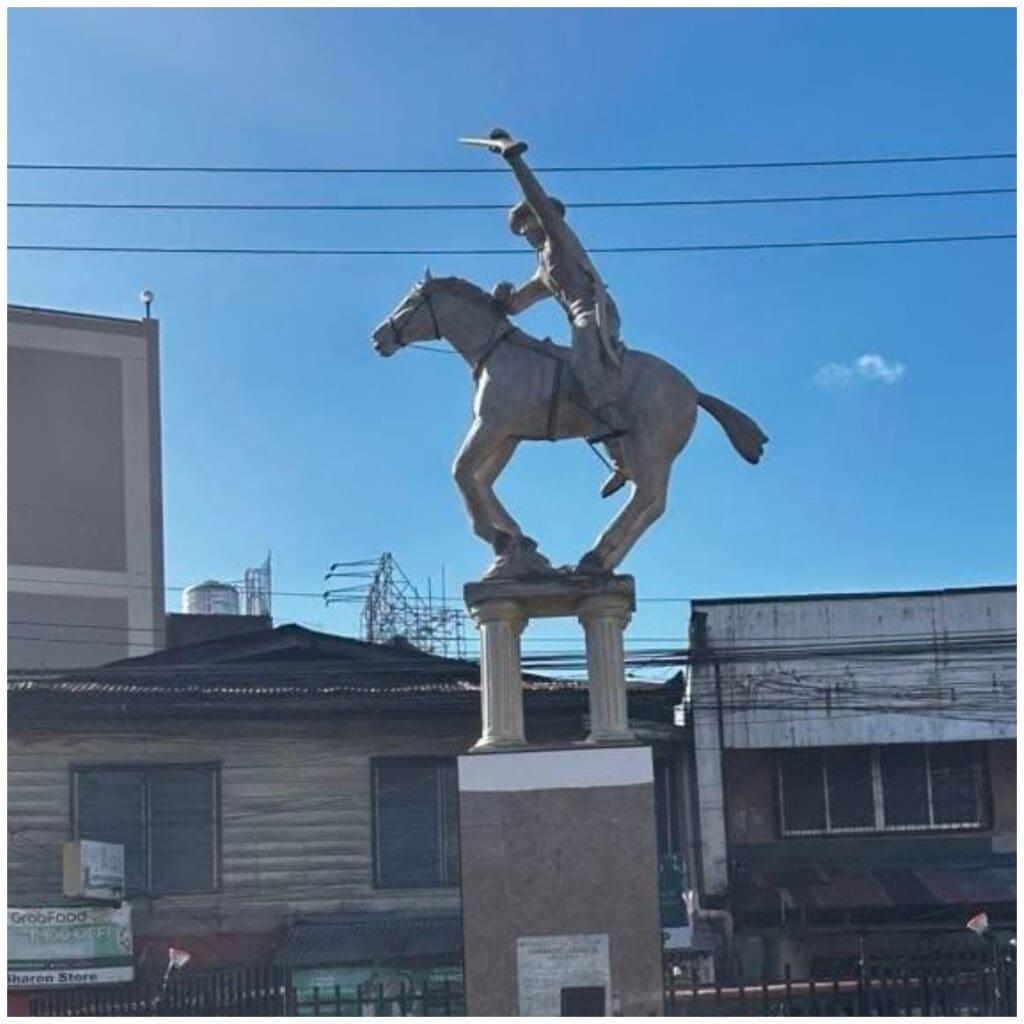
Leon Kilat’s leadership led to the beginning of the rebellion by successfully pushing back against the Spanish forces at Fort San Pedro. The revolutionaries, then, took charge of Cebu City.
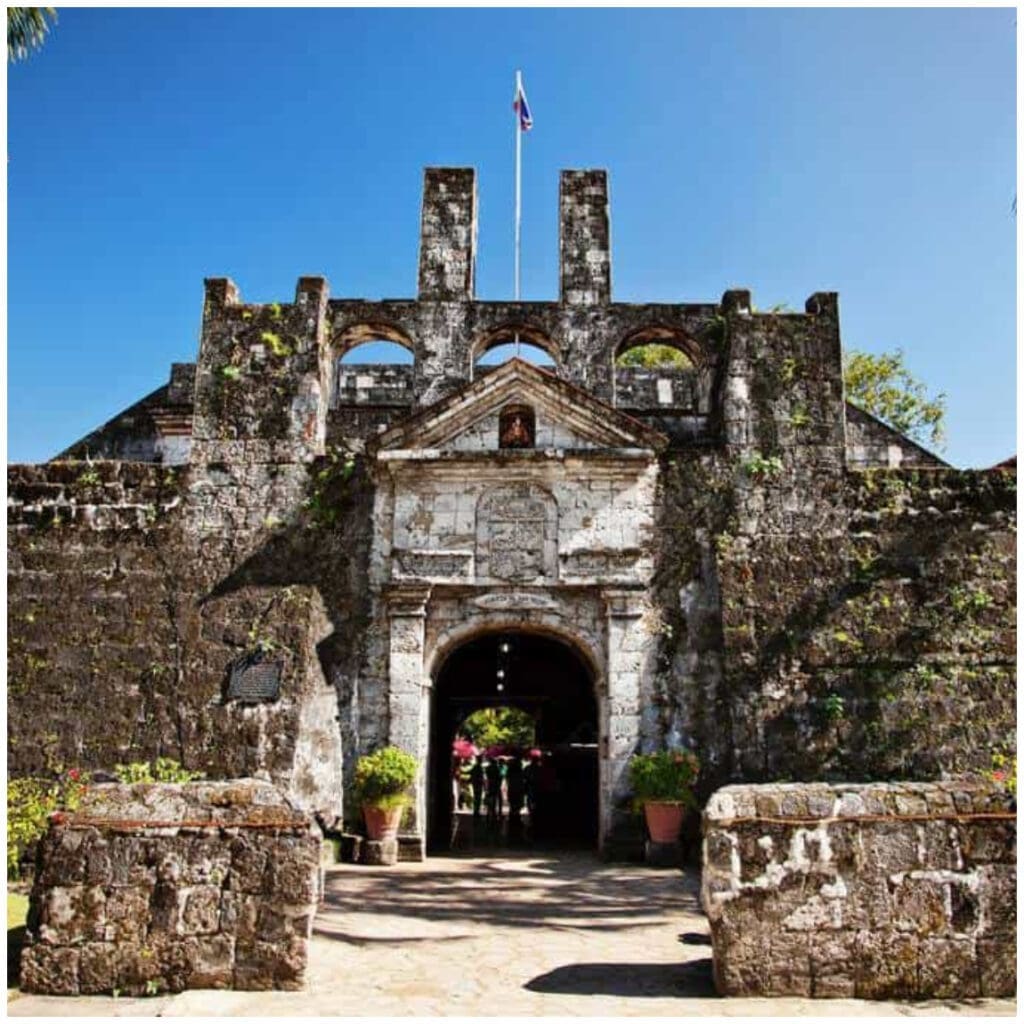
The initial victories were a first for Cebu, which had long been under colonial rule.
The Battle of Tres de Abril: A Fight for Freedom
On April 3, 1898, the battle erupted as Cebuano revolutionaries, under the command of Leon Kilat, waged war against Spanish colonial rule.
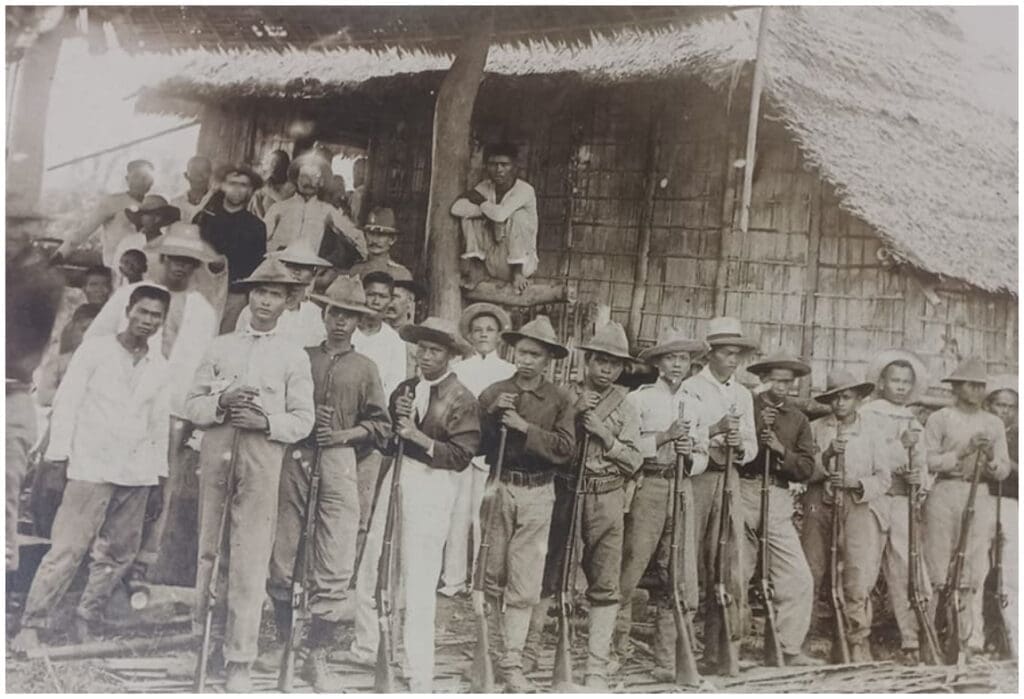
Armed with nothing but bolos, faith, and strategic guerrilla tactics, the rebels faced off against well-equipped Spanish forces.
At 3 PM, the clash between the Katipuneros and Spanish forces unfolded at what is now V. Rama Avenue and Tres de Abril Street. The revolutionaries, despite their inferior weaponry, demonstrated extraordinary bravery. As the Spaniards fired, the rebels swiftly dodged, leveraging their knowledge of the terrain to gain an upper hand.
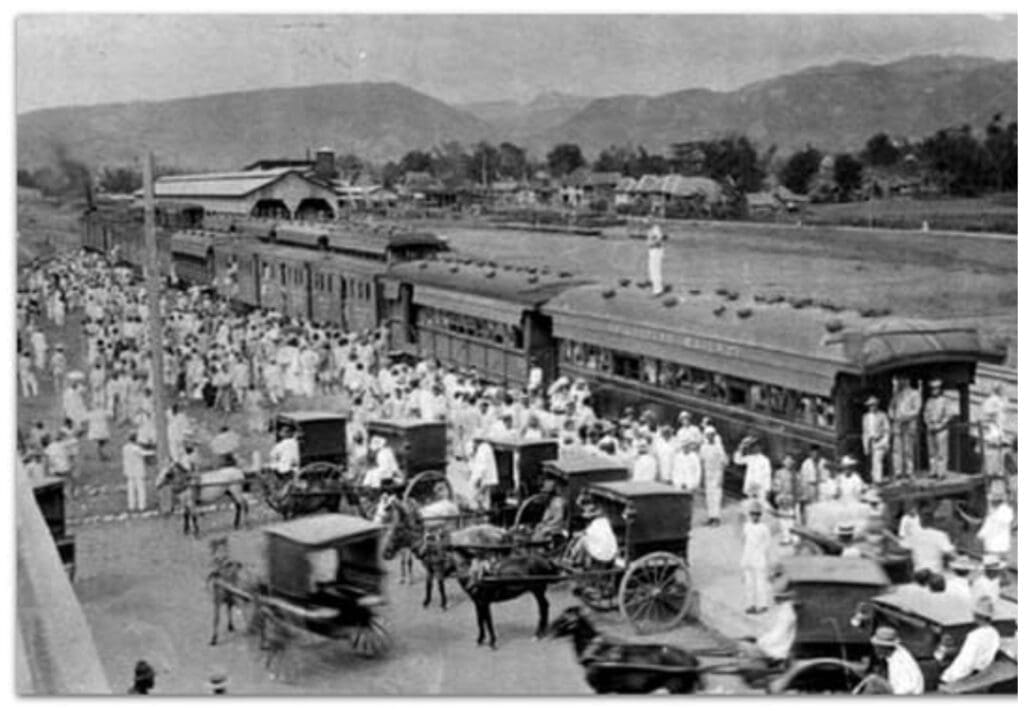
Seizing an opportunity while the Spaniards reloaded, the rebels launched a counterattack, forcing the colonial forces to retreat. For three days, Cebu City was under the control of the revolutionaries, marking one of the most significant victories in Philippine history.
The Spanish officials took refuge within the fortified walls of Fort San Pedro, awaiting reinforcements from Manila. However, the arrival of the gunboat Don Juan de Austria on April 7 turned the tide against the revolutionaries, forcing them to flee to the outskirts of Cebu.
Tragic Ending of a Betrayed Hero
Leon Kilat’s story is one of heroism and tragedy. Seeking refuge in Carcar on April 8, he was welcomed by the townspeople, unaware that they remained loyal to Spain.

That night, he was betrayed and assassinated by his own aide, Apolinario Alcuitas. His death was a devastating blow, but it did not mark the end of the revolution.
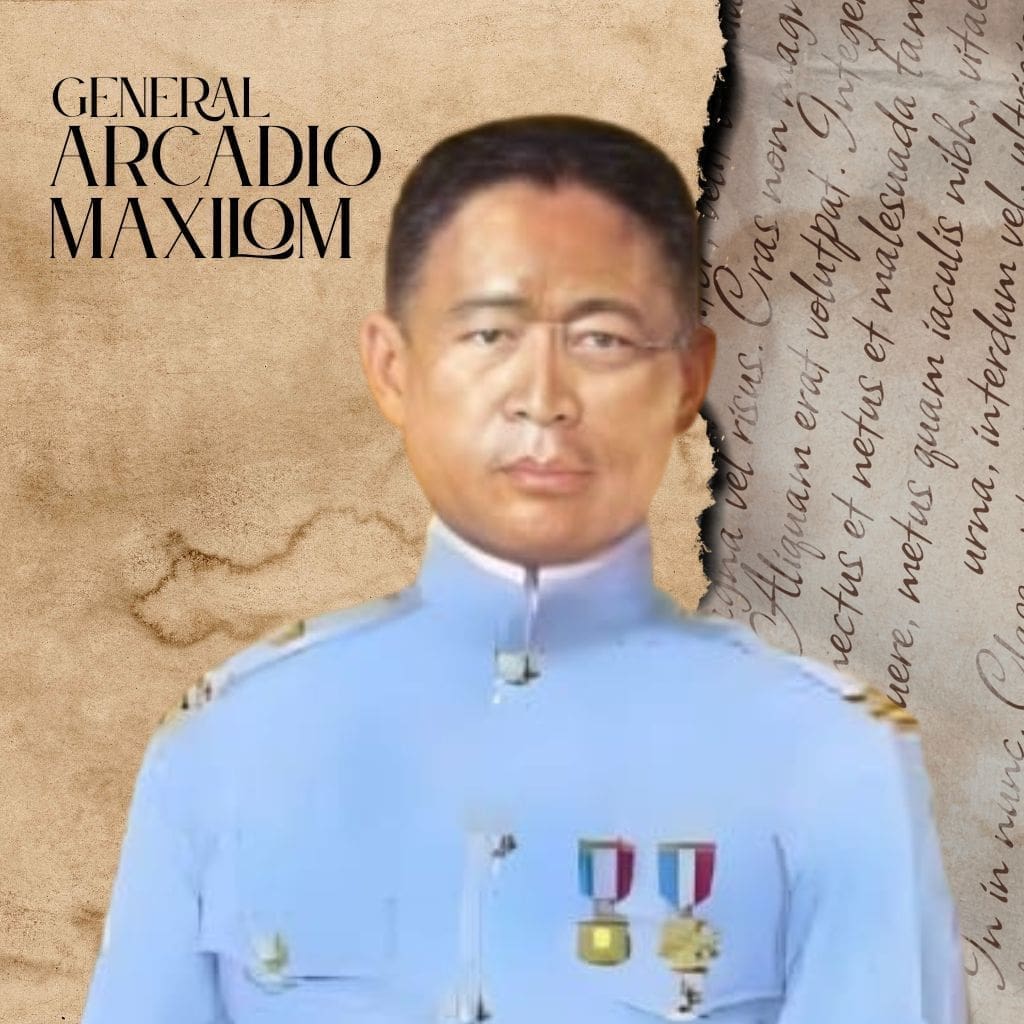
His successor, General Arcadio Maxilom, continued the struggle, capturing towns like Toledo and Balamban, ensuring that the spirit of resistance lived on.
Honoring the History of Resistance
Though the Spaniards regained control of Cebu, the Battle of Tres de Abril remains a defining moment in the province’s fight for independence.
The Cebu City government continues to honor the battle every April 3rd with ceremonies at the Tres de Abril Monument in Barangay Labangon. The streets once soaked in the blood of revolutionaries now serve as a reminder of their courage and sacrifice.
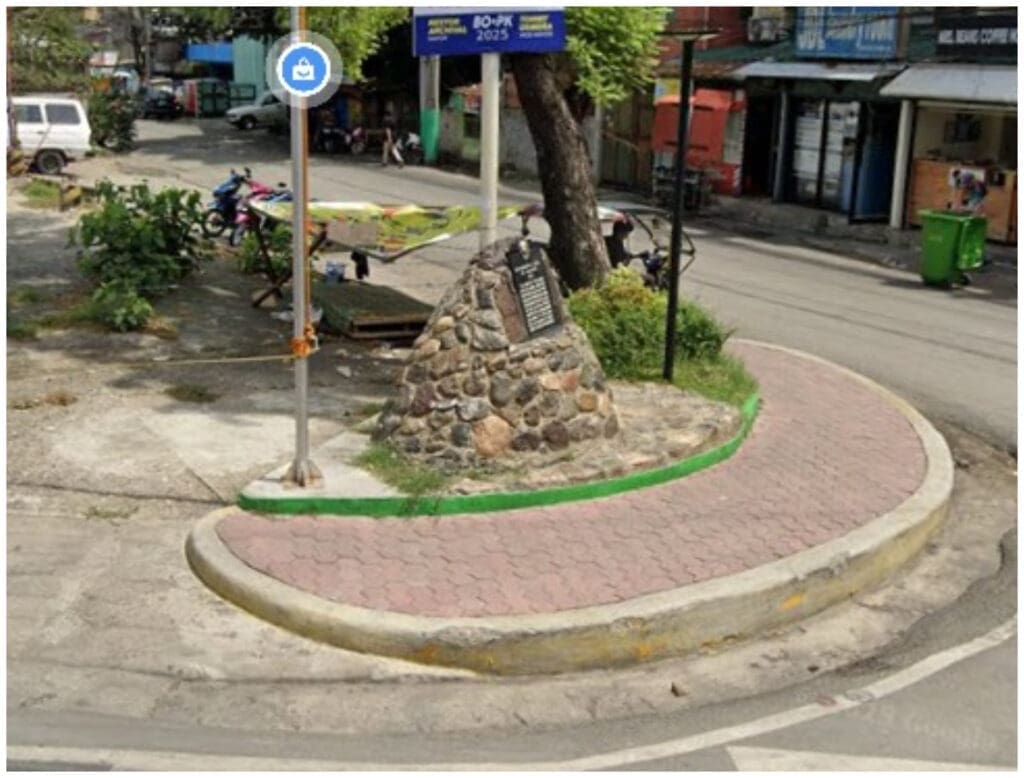
The Battle of Tres de Abril, though often overshadowed by larger national events, deserves recognition as a pivotal moment in the fight for Philippine independence.
Cebuanos stood their ground, proving that true freedom is earned through sacrifice, resilience, and an undying spirit of resistance.

